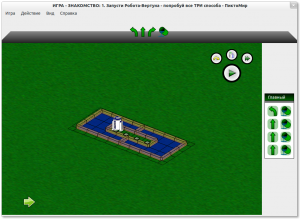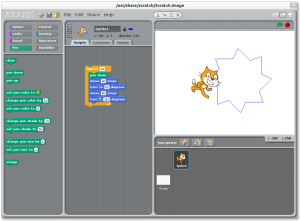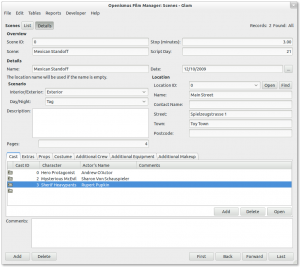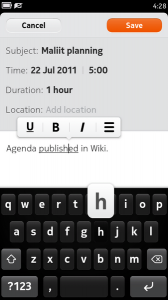On Friday I pushed 194 commits to the Maliit Plugins repository, adding new features, bugfixes, cleanups and tests to the Maliit Keyboard. This is some of the work Openismus has done for Canonical over the last few months which we are now allowed to upstream. This includes hard work by Michael Hasselmann, Krzesimir Nowak, Jan Arne Petersen and Jon Nordby.
Our work on the underlying Maliit Framework for Canonical was published upstream as we did it. We believe we’ll be able to upstream more of our Maliit Plugins work in the future.
Versions of these Maliit Plugins commits were published a few days ago in the Ubuntu Phablet project’s maliit-plugins Launchpad/Bazaar repository. It also contains commits (not by us) on maliit-plugins’ Nemo Keyboard, mostly for integration with the Ubuntu Touch platform (and its use of Android’s Surface Flinger). The recent Ubuntu Touch preview is using a version of that Nemo Keyboard, though we believe that’s meant as a temporary solution. A properly integrated Maliit Keyboard should behave significantly better.
Anyway, these commits add these features to the Maliit Keyboard:
- Auto-capitalization.
- Styling, such as a black underline for the current word and a red underline for a word with an error, though its up to the toolkit exactly how it shows this.
- Word prediction, error correction, etc are now available when editing previously-entered words, instead of just the next word, taking into account the surrounding words.
- Users can add words to the dictionary with a long press on the space key.
- More settings to enable/disable auto-capitalization, auto-correction, word prediction, error correction, audio feedback and whether the word ribbon should be disabled in portrait mode.
- Applications can specify text and icons for actions keys, such as Done, Go, Login, etc.
- Keyboard themes can now specify fonts.
The maliit-plugins NEWS file gives more details.
Many of these features were already in the old MeeGo Keyboard (used by the Nokia N9) which had to be dropped last year because of its libmeegotouch dependency and its need for proprietary plugins to achieve these features.
We hope to have all this in an official Maliit release soon.



 I recently pushed the
I recently pushed the